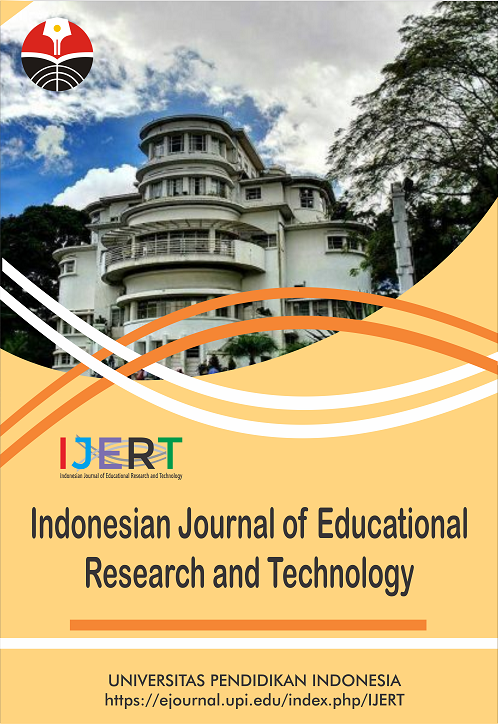Counseling on The Benefits of Eating Vegetables for The Health of The Body
Abstract
This study purpose was conducted to socialize about the benefits, types, and content of vitamins contained in vegetables that are commonly consumed by youth organizations /Karang Taruna members. Learning is done using PowerPoint media and its exposure is assisted by Zoom Meeting media and Whatsapp groups. And in this study, we spread 20 questions of pretest questionnaires before socialization and 20 post - test questions after socialization. The target of this study is a member of the organization Bulog Complex, Bekasi, Indonesia which consists of as many as 20 people. The results of the study conducted by the authors showed that members of the organization are interested in gaining deeper knowledge about vegetables, and want to be more routine to eat vegetables after getting socialization. This study concludes that most members of the Youth organization are interested in knowing more about vegetables and their benefits.
Keywords
Full Text:
PDFReferences
Ayesha, K., Indriani, Y., and Viantimala, B. (2020). Lifestyle in consuming vegetables and fruits and nutrition adequacy level of elementary school age children in Metro City. Journal of Agribusiness Science, 8(3), 439-445.
Fatimah, P. S., and Siregar, P. A. (2020). The consumption of fruits, vegetables and fish is based on the socio-demographics of the coastal communities of North Sumatra Province. Contagion: Scientific Periodical Journal of Public Health and Coastal Health, 2(1), 51-63.
Duplaga, M., and Grysztar, M. (2021). Nutritional behaviors, health literacy, and healthy locus of control of secondary schoolers in Southern Poland: A cross-sectional study. Nutrients, 13(12), 4323.
Litt, J. S., Soobader, M. J., Turbin, M. S., Hale, J. W., Buchenau, M., and Marshall, J. A. (2011). The influence of social involvement, neighborhood aesthetics, and community garden participation on fruit and vegetable consumption. American Journal of Public Health, 101 (8), 1466-1473.
Morelli, N., and Vitale, T. (2020). Take politics off the table: A study of Italian youth’s self-managed dairy restriction and healthy consumerism. Social Science Information, 59(4), 679-703.
Putri, R. M., and Maemunah, N. (2017). The role of health education in increasing children's knowledge about the importance of vegetables. Journal of Nursing, 8(1), 54-64.
Qutteina, Y., Hallez, L., Raedschelders, M., De Backer, C., and Smits, T. (2022). Food for teens: How social media is associated with adolescent eating outcomes. Public health Nutrition, 25(2), 290-302.
Simanjuntak, B., and Limbong, T. (2018). Using Google form for student worksheet as learning media. International Journal of Engineering and Technology, 7(3.4), 321-324.
Thomas Jr, L., Almanza, B., and Ghiselli, R. (2010). Nutrition knowledge of rural older populations: Can congregate meal site participants manage their own diets? Journal of Nutrition for the Elderly, 29(3), 325-344
Widani, N. L. (2019). Counseling on the importance of consumption of fruits and vegetables to adolescents at SOS Desataruna Jakarta. Patria: Jurnal Pengabdian Kepada Masyarakat, 1(1), 57-68.
DOI: https://doi.org/10.17509/ijert.v3i3.50119
Refbacks
- There are currently no refbacks.
Copyright (c) 2022 Universitas Pendidikan Indonesia (UPI)

This work is licensed under a Creative Commons Attribution-ShareAlike 4.0 International License.







.png)




